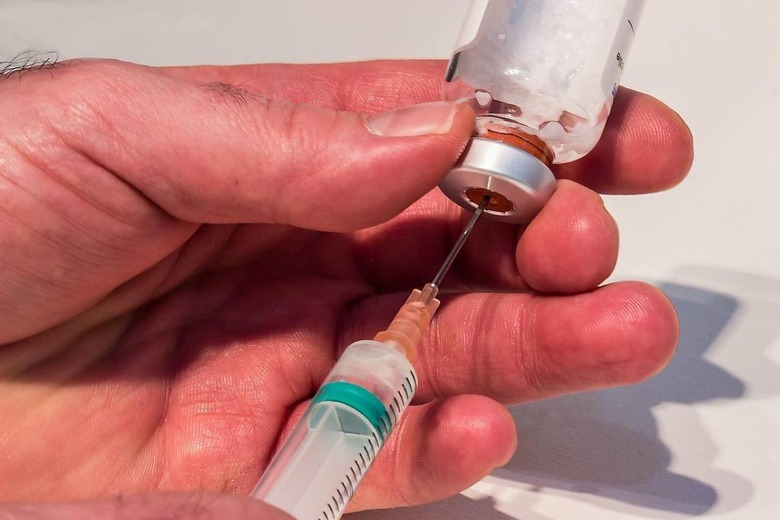CDC Chief Sounds Coronavirus Alarm Over Second Wave In Flu Season
A second wave of coronavirus could coincide with flu season and have lead to an even greater death toll, the director of the CDC has warned, sounding an early alarm amid talk by some US states of reopening plans. Though there have been calls from state legislators and indeed the White House to call a halt to stay-at-home orders, the Centers for Disease Control and Prevention chief has cautioned that doing so could send America head-first into a double epidemic.
Though some reached the decision grudgingly, most US states have now implemented self-isolation and quarantine orders for all but essential businesses and workers. While that fits with healthcare experts' advice on how to staunch the tide of COVID-19 community spread, and thus alleviate pressure on hospitals, it has also had a significant impact on the economy.
Now, though, with economic reopening in the headlines, CDC director Robert Redfield has highlighted that the worst may still be yet to come. "There's a possibility that the assault of the virus on our nation next winter will actually be even more difficult than the one we just went through," Redfield told The Washington Post. "And when I've said this to others, they kind of put their head back, they don't understand what I mean."
Pandemic, meet epidemic
The problem, as Redfield sees it, is that as the year goes on we'll approach an epidemic that we're far more familiar with. That'll be the flu, which typically begins to manifest in most significant numbers in the US in late fall and winter. That alone can lead to overloaded hospitals and a shortage of beds.

Come the 2020 flu season, however, and it'll be right on schedule for a potential second wave of COVID-19 infections, Redfield warns. "We're going to have the flu epidemic and the coronavirus epidemic at the same time," the CDC chief predicts.
In the 2018-2019 influenza season, the CDC estimated, infection activity began to increase in November and then remained at high levels through January and February. Approximately 35.5 million people were sick, the agency says, with 16.5 million visiting a healthcare provider as a result. Close to half a million people were hospitalized in the US, and 34,200 people died.
The importance of the vaccines we have
With work still underway on preliminary Phase 1 clinical trials for a potential coronavirus vaccine, even the most optimistic predictions still don't expect a market-ready treatment for another 12-18 months. Even as stay-at-home orders are diluted, Redfield says, social isolation policies are still key to avoiding COVID-19 infection.

The CDC chief also said states need to scale up testing for coronavirus significantly. That includes not only identifying positive cases of infection, but also doing contact tracing to see who else might go on to be a case themselves.
Though there's no COVID-19 vaccine yet, a flu vaccination is expected. That's even more important to get in 2020, Redfield cautions, since it will hopefully reduce the demand on primary care. If you can avoid flue, that "may allow there to be a hospital bed available for your mother or grandmother that may get coronavirus," he suggests.
Redfield has been a voice of caution over the past weeks, amid widespread confusion about best-practice during the COVID-19 pandemic. At the tail-end of March, for example, he confirmed that many individuals who are infected with coronavirus may be completely asymptomatic; that is, they show no sign of the virus whatsoever, while still being able to transmit it to others. Even those who do go on to demonstrate symptoms can be infectious for 48 hours before that point, the CDC director revealed.
